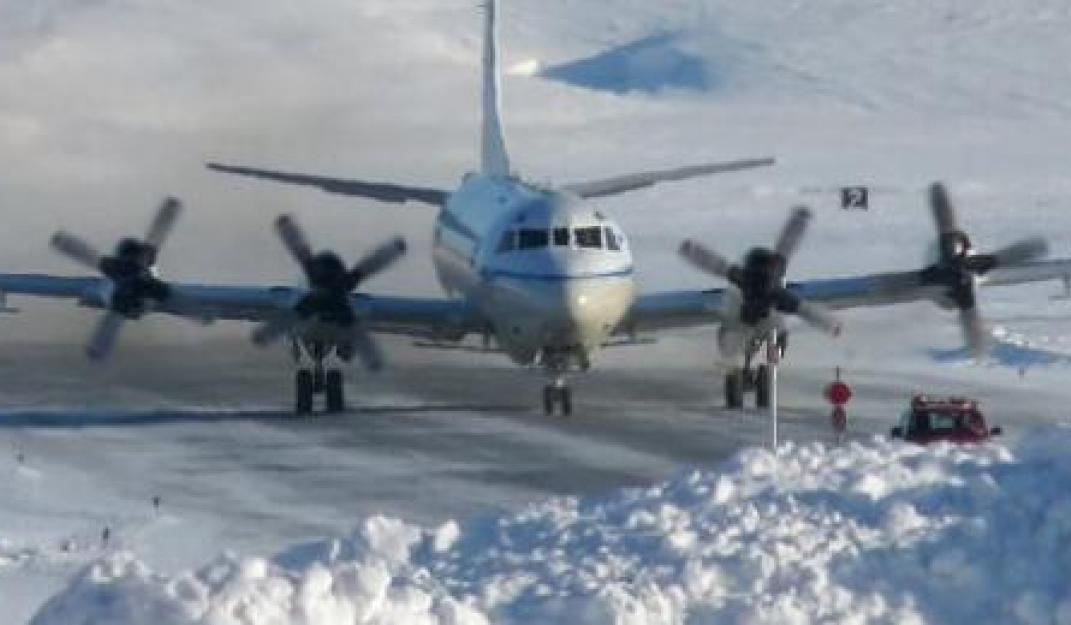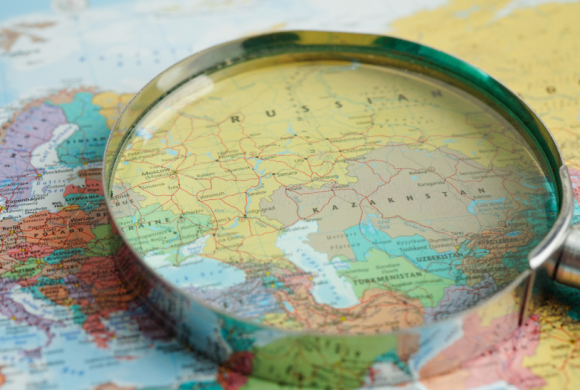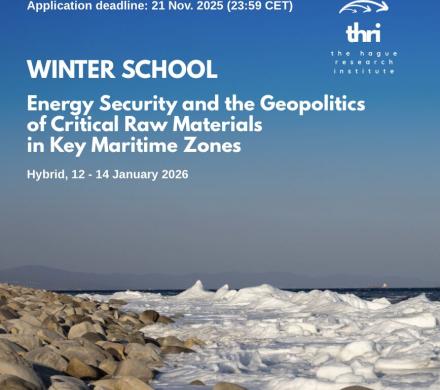Permafrost thaw puts Russia’s Arctic ambitions at risk

Permafrost, or perennially frozen soil, which occupies around a quarter of the Northern Hemisphere’s territory, may not be as permanent as its name suggests. Over the past 30 years, permafrost has warmed between 1.5 to 2 degrees Celsius. This presents a major challenge to Arctic communities and ecosystems, and has the potential to further amplify and accelerate climate change.
Russia is particularly affected. Permafrost covers more than 60% of its territory and several large river ports and cities, namely Norilsk, Yakutsk and Vorkuta are built upon frozen soil; these are cities with over a hundred thousand inhabitants. Record-breaking temperatures, coupled with devastating wildfires, which recently hit permafrost zones of northeast Siberia, continue to raise fears about the potential releases of previously trapped carbon and methane into the atmosphere. It is even feared that deadly pathogens that were frozen could re-emerge.
How is the warming, thawing and degradation of permafrost affecting Russia’s Arctic ambitions? What steps is Russia taking to address this issue? How can Arctic states collaborate in this regard?
Read here.




